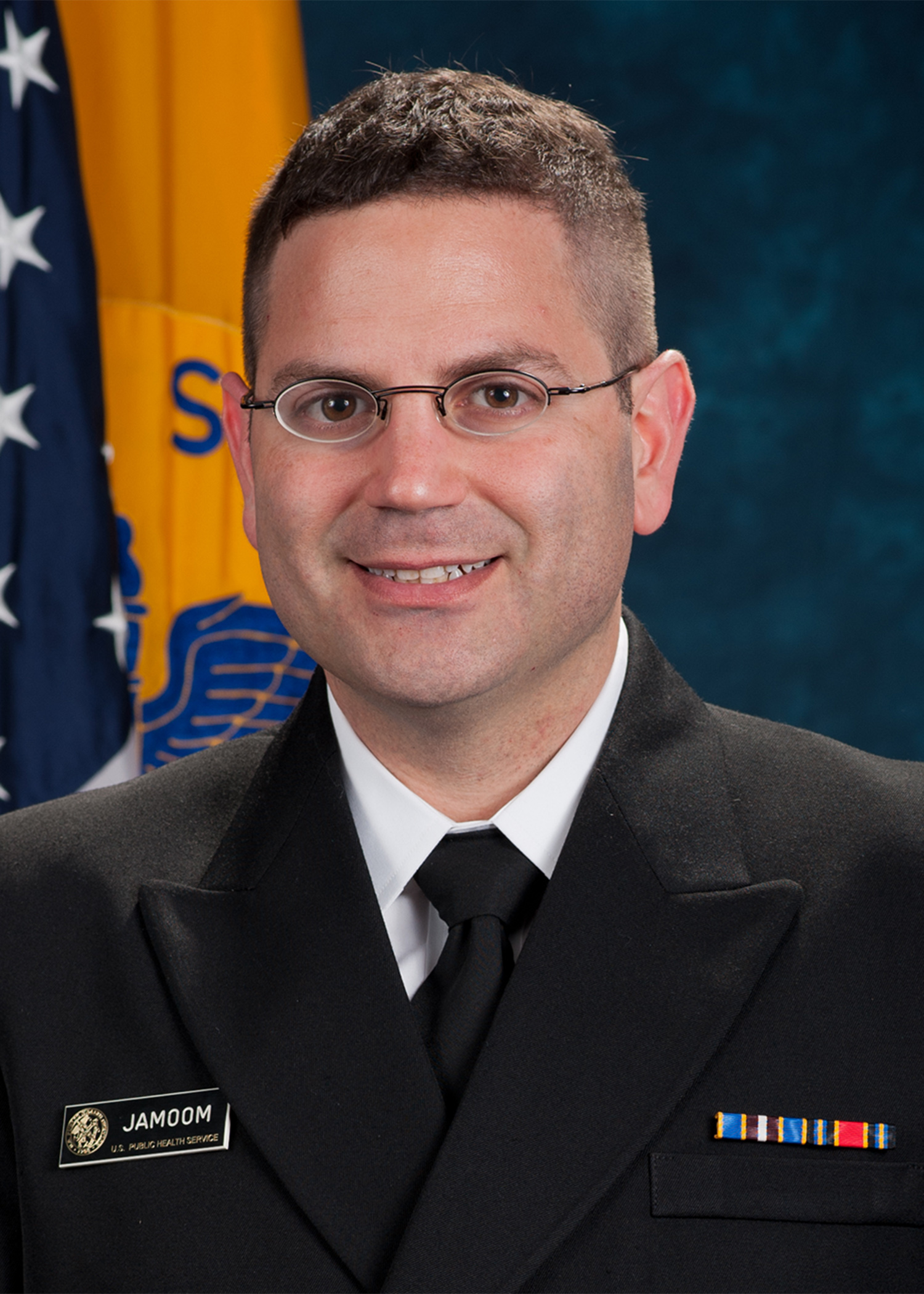Q & A from Lead Author of “State Variation in Electronic Sharing of Information in Physician Offices: United States, 2015”
Posted on by
Questions for Eric Jamoom, Research Scientist Officer at the Collaborating Center for Questionnaire Design and Evaluation Research and Lead Author on “State Variation in Electronic Sharing of Information in Physician Offices: United States, 2015.”
Q: What findings in the report surprised you and why?
EJ: In this data brief, we are capturing for the first time four elements for measuring the electronic sharing of health information. Specifically, we now have insight into the number of office-based physicians that electronically sent, received, integrated and searched for patient health information from other providers.
Coupled with the recent release of a September 2, 2016 MMWR Quickstat that provided estimates on the number of physicians having electronic access to patient health information at the point of care, information is now available about the state of electronic information sharing by office-based physicians in the United States.
Q: How many office-based physicians electronically sent, received, integrated or searched for patient health information from other providers in 2015?
EJ: In 2015, roughly one-third of physicians indicated they either electronically sent, received, integrated, or searched patient health information in 2015.
Specifically, 38.2% of physicians had electronically sent patient health information to other providers, 38.3% of physicians had electronically received patient health information from other providers, 31.1% of physicians had electronically integrated patient health information from other providers, and 34.0% of physicians had electronically searched for patient health information from other providers.
Q: Which states did you find that electronically sent patient health information to other providers that were higher and lower than the national average?
EJ: In 2015, the percentage of physicians that sent patient health information to other providers ranged from 19.4% in Idaho to 56.3% in Arizona. Arizona was significantly greater than the national percentage, while three states – Idaho, New Jersey, and Connecticut – were significantly less than the national percentage.
Q: Can you explain what you found from state variation among physicians who had electronically searched for information from other providers?
EJ: In 2015, 34% of physicians had electronically searched for patient health information from other providers, ranging from 15.1% in the District of Columbia to 61.2% in Oregon. Five states, which include Texas, Oklahoma, Missouri, Mississippi, and Pennsylvania, as well as the District of Columbia were significantly less than the national percentage. Whereas, 10 states were significantly greater than the national percentage: Alaska, Oregon, Washington, Colorado, Wisconsin, Ohio, North Carolina, Virginia, Maryland, and Delaware.
Q: Do you have trend data that goes further back than 2015 on this topic?
EJ: These data represent new information previously not available before on electronic information sharing of patient health information. Therefore, the information contained in this report represents a baseline for which future data can be used for trend data on these four elements of electronic information sharing among office-based physicians.
Q: Why did you decide to study state variation in electronic sharing of information in physician offices?
EJ: The Health Information Technology for Economic and Clinical Health Act provided financial incentives to eligible providers to demonstrate the meaningful use of a certified electronic health record (EHR) system, which also includes capacity to share patient health information.
In 2015, a federal plan was published to enhance the nation’s health IT infrastructure to support sending, receiving, integrating, and searching for patient health information electronically. The 2015 data from the National Electronic Health Records Survey provides national and state based estimates about physician EHR adoption and use.
Posted on by

